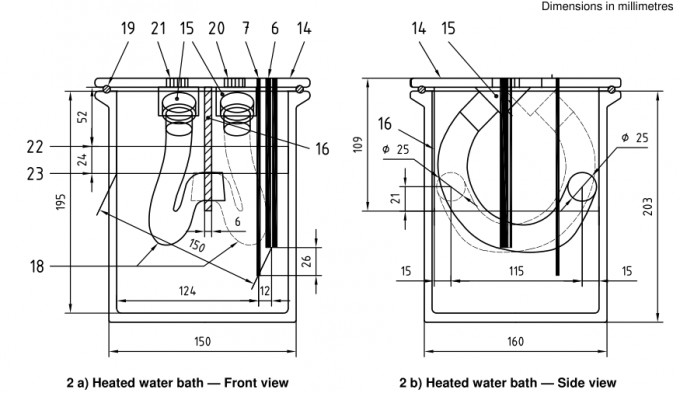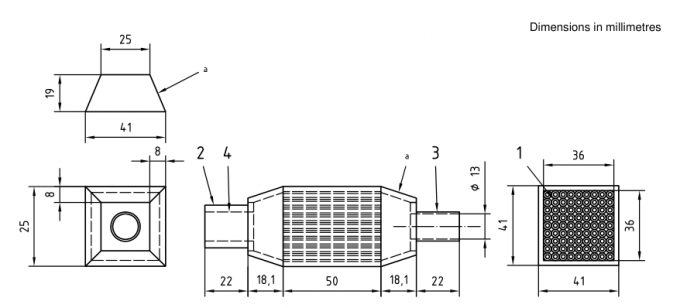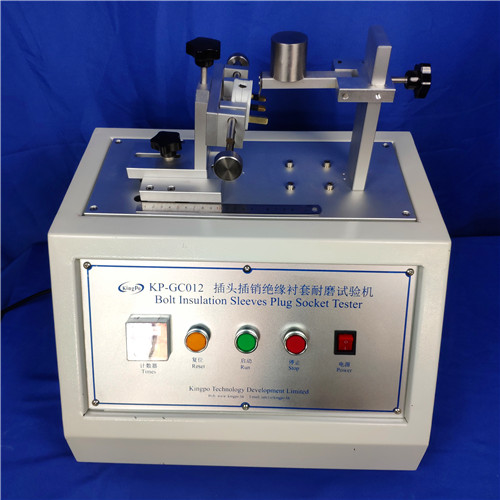Maximizing Efficiency with the Pendulum Hammer Striking Tester
Ever think about how that device can totally change the way you test stuff? This tool is a real revolutionary in the test material world. In this article, I'll share my personal experiences and observations about this intriguing tool, answering five common inquiries that often come up.
So, what does that pendulum hammer tester actually do?
How does that thing work, anyway?
What should you keep in mind when using that tester?
Can you use the pendulum hammer tester for different kinds of materials?
What's so great about using this tester in the industry?

It's called a Charpy impact instrument, or Charpy impact instrument, and it assesses the toughness and resistance of substances. It's a significant importance in building, automotive, and aerospace industries to ensure substances are high standard of the composition of the substance and securety level.

It's got a pendulum with a pivot-mounted blade that falls to strike the test substance. It evaluates the power absorbed by the substance when it gets strike, giving you info on the characteristics of the substance.

There are a several factors that can affect the test outcomes. You've got to select the appropriate weight for the pendulum, ensure that the test test piece is prepared, and maintain the instrument is in good condition.

Certainly, it can manage a wide variety of materials such as metals, plastics, and composites. Ensure to select the appropriate weight and velocity for every material.

It is quick, precise, and capable of testing a multitude of materials. This is why it is highly significant for verifying that products meet standards in diverse industries.
Therefore, whenever you have to assess the toughness of something and how it handles a hit, use the tester You might be surprised by how much it can improve your testing!
- Fatal mistakes in IPX9K waterproof test: nozzle size and water temperature control, the truth you must know
- Neutral Electrode Temperature-rise Tester: Ensuring Safety in Electrosurgery
- What are the key differences between ISO 80369-7 and ISO 594?
- KINGPO Company Unveils Next-Generation Electrosurgery Analyzer
- KINGPO 2024 R&D Results Report
- ISO 80369-7:2016 Connectors with 6% (Luer) taper for intravascular or hypodermic applications What is the ISO 80369-7 standard? What happened to ISO 594-1 and ISO 594-2?
- Saudi Arabian Customer Purchase ISO 80369-7 reference connector and ISO 80369-20 test apparatus from us
- ISO 80369-3 Test Equipment LIst
- Essential Considerations for Small-Bore Connector Testing Equipment
- Luer Gauge Adapter for Syringes: Enhancing Medical Precision and Safety


